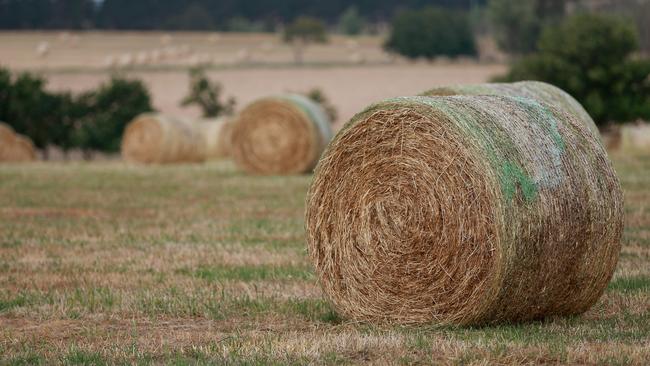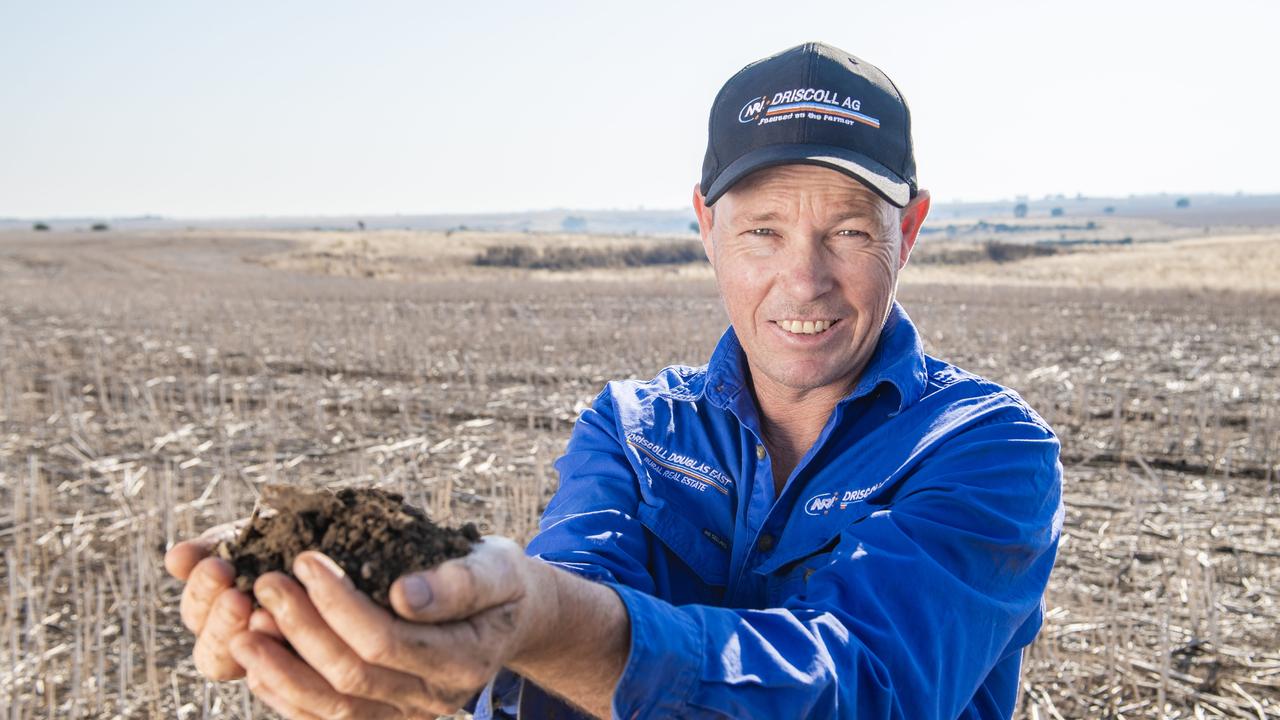Buyers, growers maintain standoff over price direction
The change of season brings a new outlook for some buyers. Some early signs of demand for cereal hay and straw are appearing.

THE stalemate continues in the hay sector with most growers holding off selling until prices and buying activity improve.
And, many buyers think there is no need to hurry as hay prices will fall during the year.
This standoff generally applies for cereal hay while lucerne hay is much more freely traded as buyers seek of hay for immediate demand.
Some NSW hay growers have high-quality lucerne and are hopeful they can achieve chaffing quality with prices at more than $300 a tonne ex-farm. But now, it is the lower priced lucerne that is moving.
Sheep and cattle producers are picking up lucerne for a palatable feed with affordable protein.
According to brokers, low leaf retention can be a drawback to some parcels of lucerne, but sheep are able to forage much closer to the ground to digest the high-quality fines of lucerne that lie on the ground.
While the outlook for cereal hay remains less certain with lower levels of trade, there are some early signs of demand.
The plentiful season with cheap, albeit low-quality hay, has allowed buyers to be less concerned with purchasing their full requirements.
The fear of hay spoilage from mice is also deterring some from accumulating long-term fodder needs on farm.
Now that we are in autumn, some buyers are reassessing their needs and hay-buying programs.
Although most regions in NSW have ample pasture feed, the beef and sheep producers of southeast Queensland are less fortunate.
While the dry spring in southeast Queensland hit mainly the southern and western regions, the summer rainfall deciles still show decile 1 rainfall for cattle producers.
Higher prices for trade cattle and the uncompetitive Australian dollar weigh on the margins for feedlotters but custom feeding remains in the mix. These buyers are assessing where they can secure hay for their winter needs and surprisingly, they are looking in the southern half of NSW.
While feed stocks remain high and demand subdued in northern NSW, the view from brokers and growers is that livestock producers will be keen to build hay inventories after three years of drought.
Also, the local trade of hay within these regions is well established and sellers tend to find buyers only a short distance from their farms.
It is not until buyers search for hay from Gilgandra and more particularly south of West Wyalong that they can find sellers of scale with good shed storage and transport access.
Hay growers in the Riverina have received early calls from Queensland buyers they have dealt with during the drought, seeking early indications of volumes and price for cereal hay for winter delivery.
Eventually, the volumes of vetch and lucerne hay will decline to the extent that cereal hay will become the key hay commodity once more.
Keep in touch with the latest rural news and information. Download our iOS or Google app and sign up to our email newsletters
MORE
HAY EXPORTS LIFT WITH DEMAND FROM KEY MARKETS IN ASIA
CHEAPER HAY GIVES BUYERS OPTION OF HOLDING OFF OR STOCKING UP


